The former British Consulate Residence on the hill of Takou (打狗) was completed in 1879 together with the former British Consulate building beside the harbour. The former residence building is a beautiful red-brick colonial building with arched balconies. I am still wondering how the name Takou came about because it literally means beating the dog.
In 1895, Taiwan went into the Japanese occupation era. However, the British government still went on to refurbish the former residence in 1901 with cement screeding on the red-brick walls to prevent chloride attack from the sea salt in the air.
The Japanese government was actively developing Kaohsiung harbour in 1908 and that involved these British premises. The British government finally sold these buildings to the Japanese government in 1925. The Japanese turned the former consulate building into a seafood laboratory and the former residence building into an oceanography centre.
The Japanese government was actively developing Kaohsiung harbour in 1908 and that involved these British premises. The British government finally sold these buildings to the Japanese government in 1925. The Japanese turned the former consulate building into a seafood laboratory and the former residence building into an oceanography centre.
The former residence building was seriously damaged in 1977 by Typhoon Thelma, with total damage to the roof. In 1983, the Taiwan government listed the former residence building as a heritage building and the latest refurbishing work was completed in 2003.
The former residence building is sitting on high ground of about 70 metres above sea level, making it a good vantage point for the Kaohsiung cityscape. Unfortunately it was hazy day during my visit but I still managed to see the silhouette of the cityscape.
The high ground also makes it a perfect vantage point to watch large sea vessels passing through the narrow river mouth of the Kaohsiung harbour.
Beside the former residence is a Chinese temple dedicated to the eighteen survivors of a sunken fishing boat from China in 1684. The survivals were later labelled the betrayals of the Qing dynasty by the local government and were executed. The villagers had great sympathy for these eighteen people and built a shrine to commemorate the victims. Since then the villagers felt blessed by these eighteen souls and requested the Heavenly God (玉皇大帝) to have these souls knighted; and they have become the eighteen dukes (十八王公) since then.
The current eighteen-duke temple (十八王公廟) was built in 1983 to replace the original one on the nearby foothill. Since then, there is never lack of believers making their prayers at the temple, even at the time when the temple was at its original location.
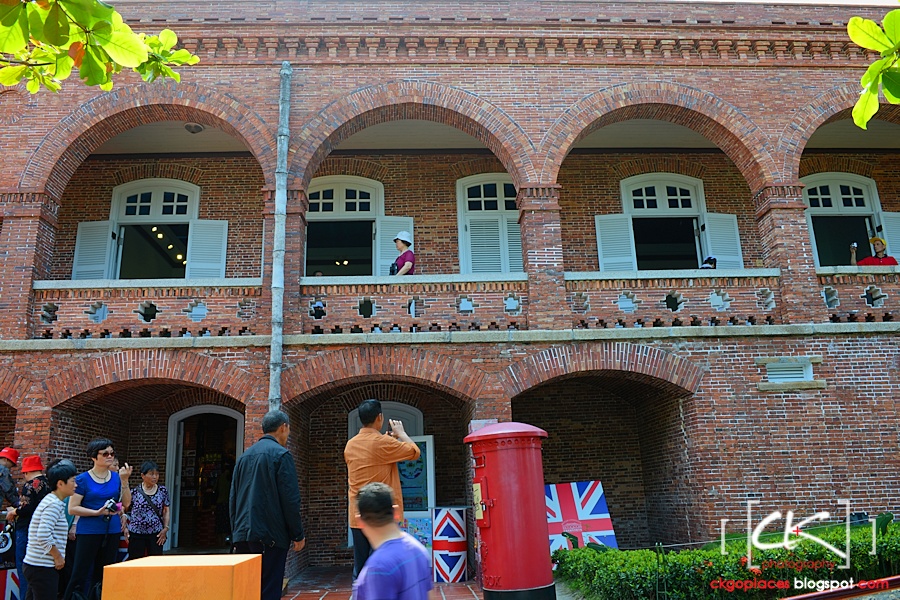
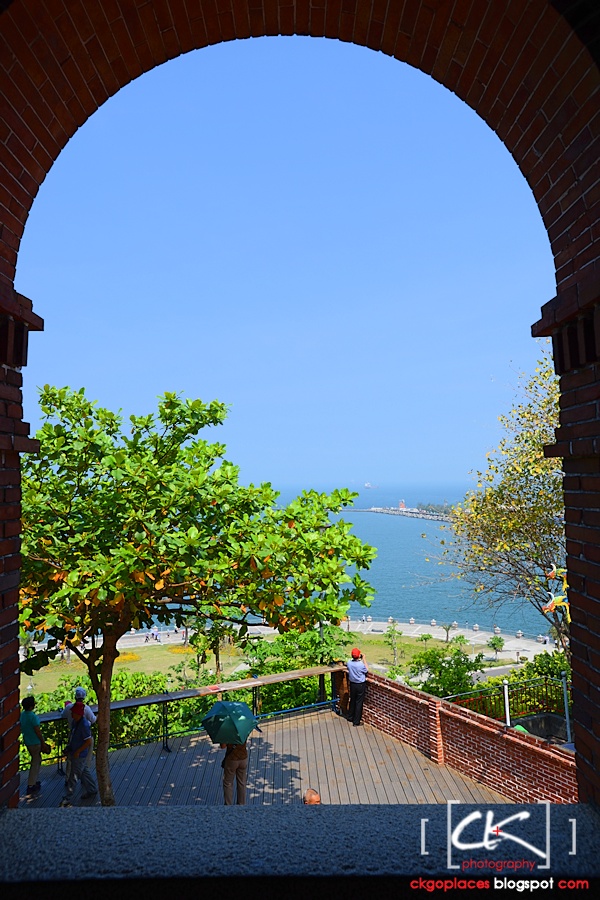
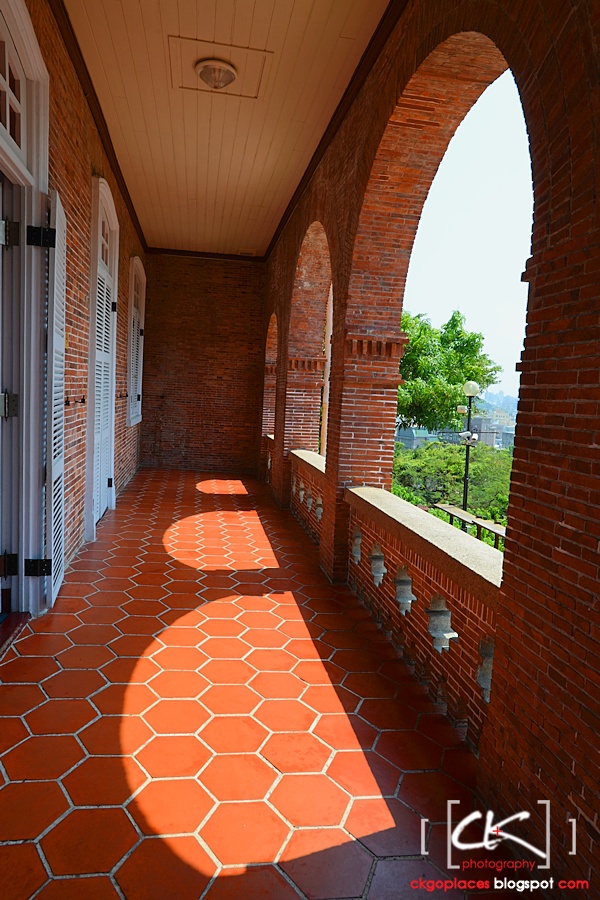
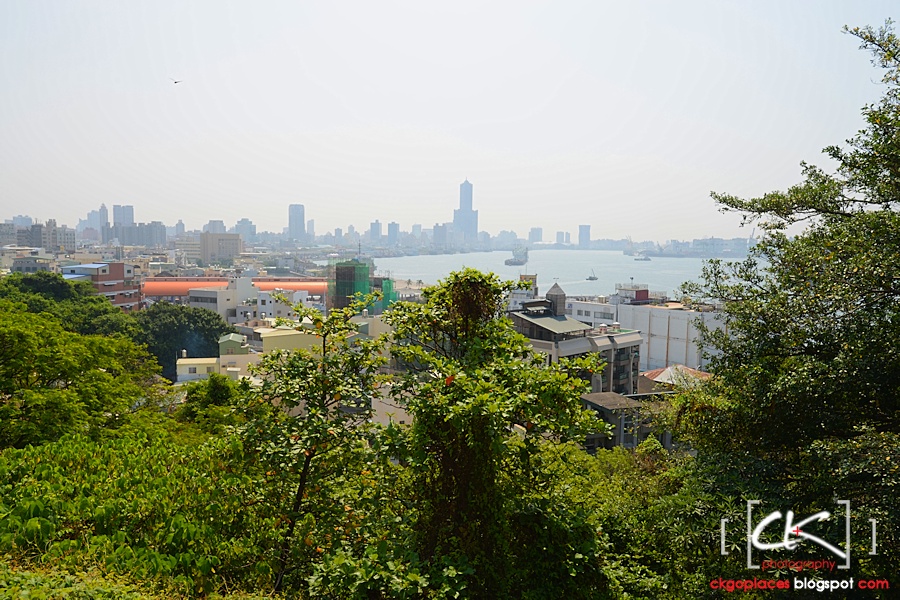
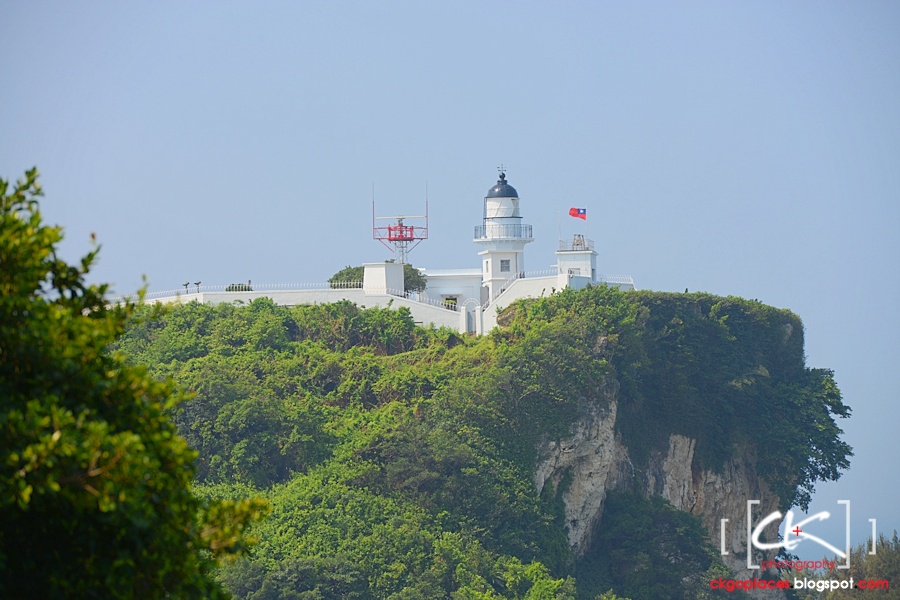
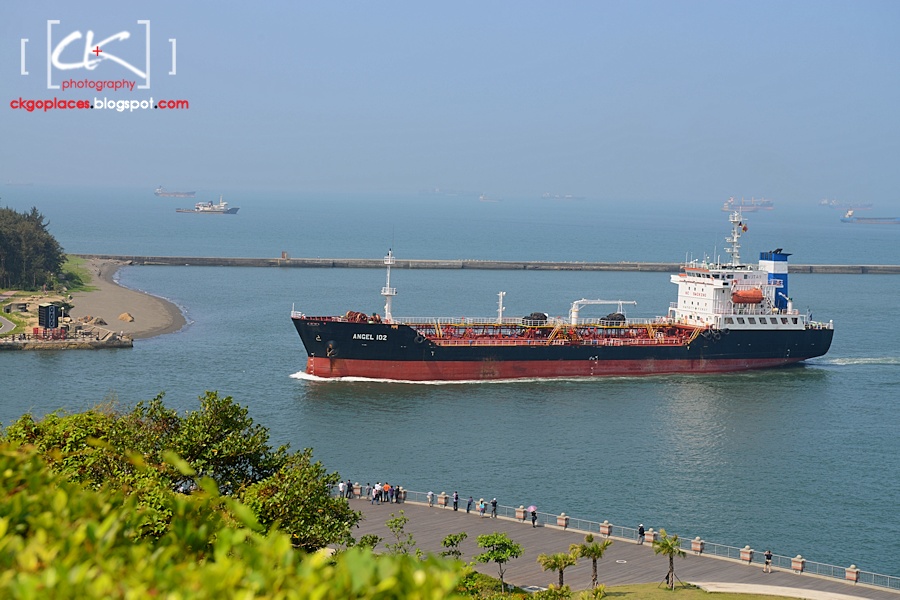

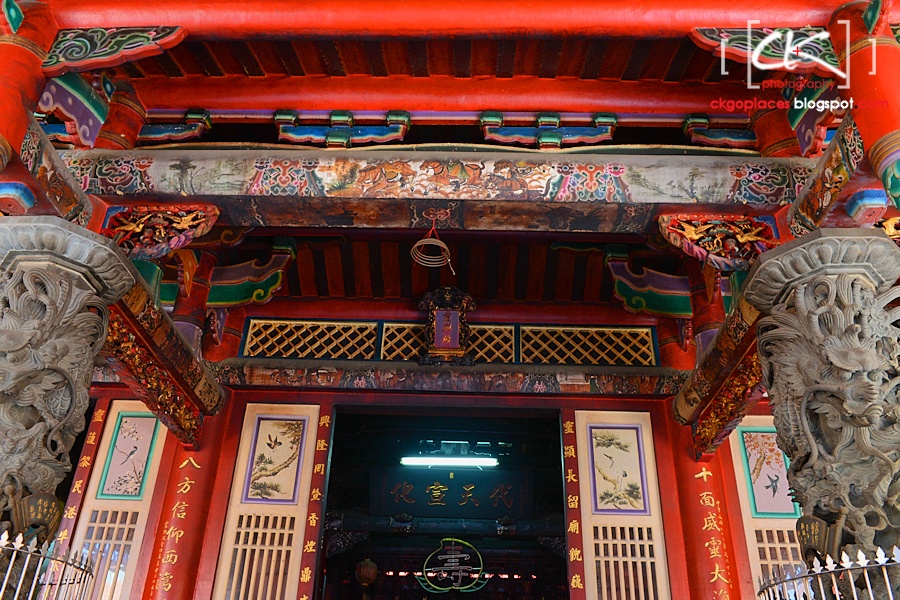

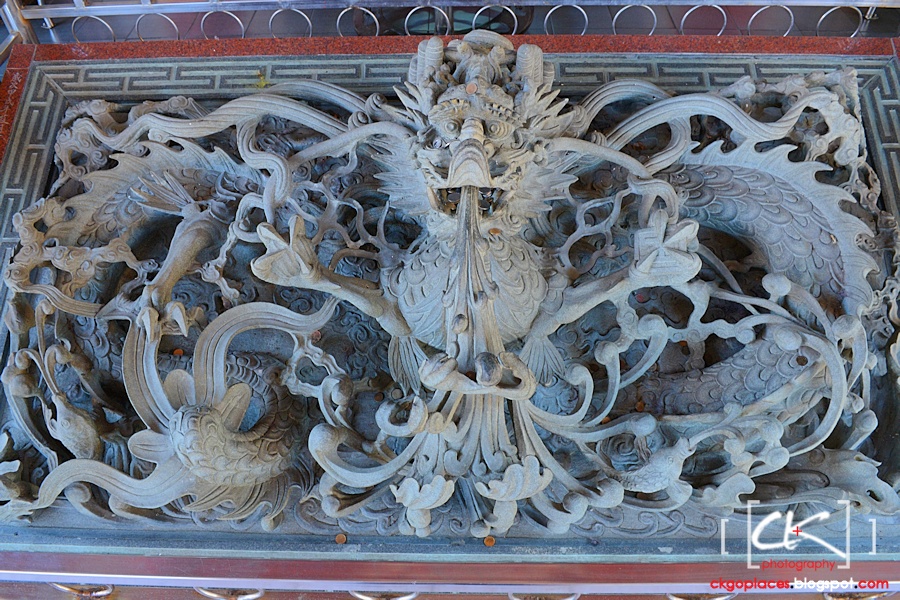











No comments:
Post a Comment